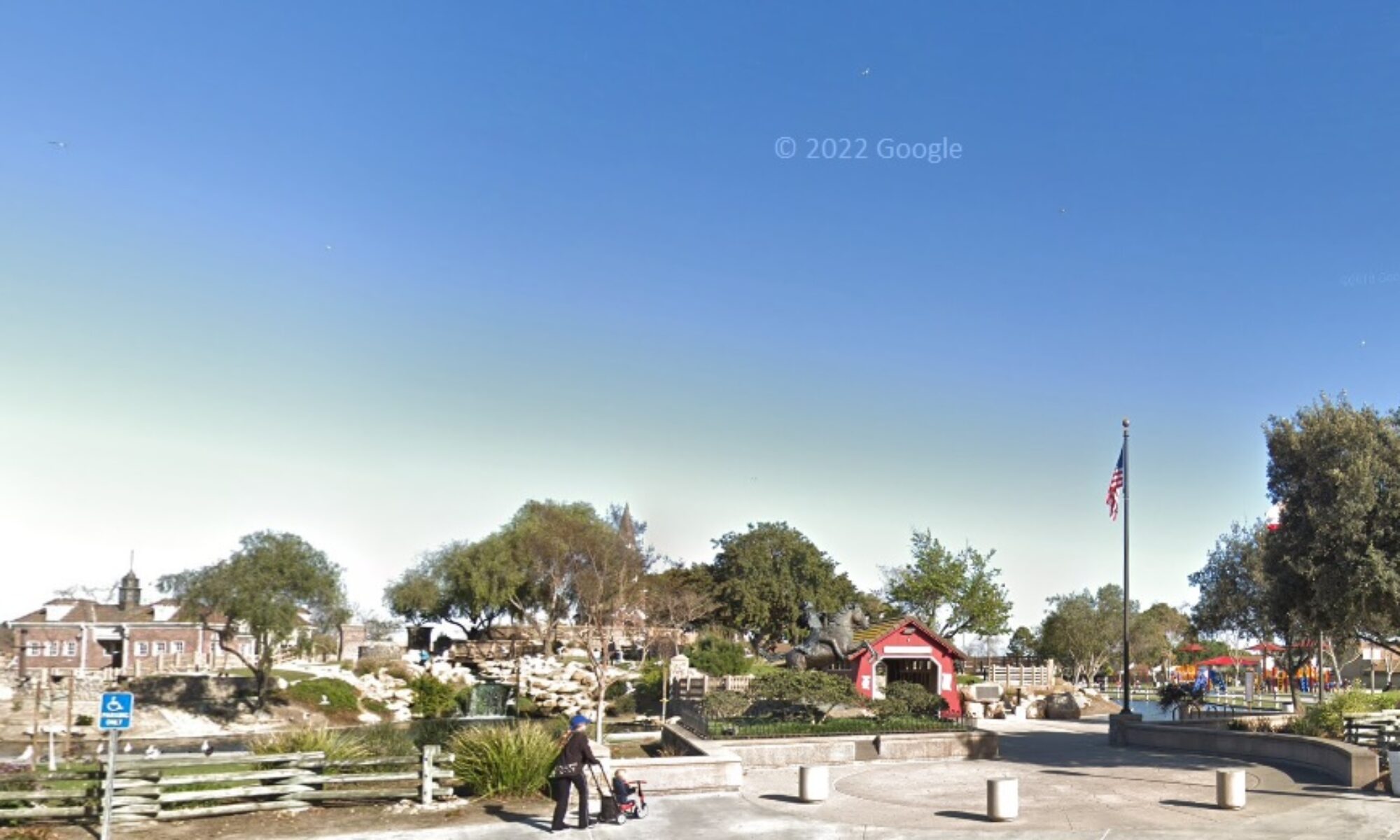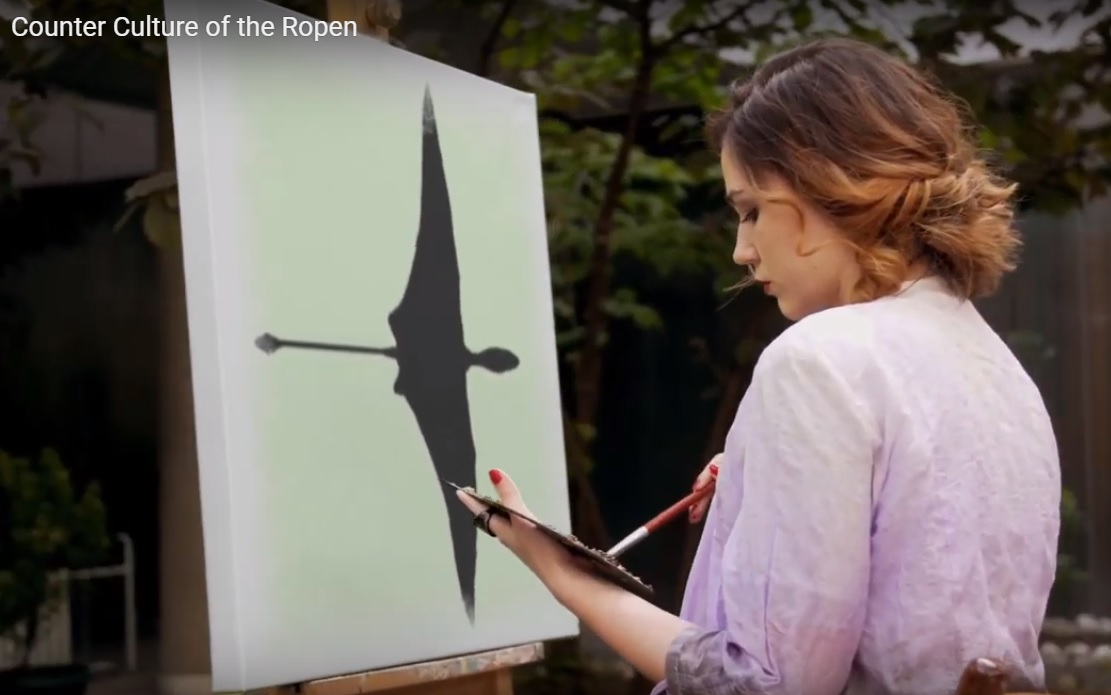From Murray, Utah, August 8, 2022
Introduction
This does not directly relate to the music Crawford Gates wrote for the Hill Cumorah Pageant in the 1950’s, regarding the Book of Mormon, although it probably does relate to a choir piece I wrote in mid-2022 which has most of its text from that LDS book of scripture.
Do you believe it possible for a person who has passed away to contact us or at least to influence those of us who are still living in mortality? I have not the slightest doubt that some of them do help us in a number of subtle ways, at least on occasion.
Until very recently, I had encountered the name Crawford Gates only on occasion, mostly in the LDS hymn book that was published in 1985 (hymns 113 and 215), but I knew nothing about that composer or that he had passed away on June 9, 2018. Only in August of 2022 did I begin to realize that the most productive music-writing period of my life was, at least in large part, in June and July of 2018, and that it seems to have been soon after his passing.
Early in August, 2022, I came to believe that Crawford Gates had been whispering to me through the veil, so to speak, and had probably done the same for other sacred-music writers and Church lyricists, perhaps even around the world, soon after his death.

Crawford Gates in the Salt Lake City area of Utah
Book of Mormon Music for Choir
In June of 2022, I sat down to write a simple piece for the piano: a theme for a series of variations a bit like the Goldberg Variations by Johann Sebastian Bach, but on a much smaller scale. I had barely begun, however, when I felt impressed to make it a choir composition and soon arranged words taken from II Nephi 31:20 in the Book of Mormon. What I then thought was the “final” version was finished early in August: “Come to Christ” (soprano-alto-tenor-bass), version 120. In mid-September I completed version 134.
Around early August, I listened to a Youtube video of the Tabernacle Choir (The Church of Jesus Christ of Latter-day Saints): a performance of “For I am Called by thy Name”, which was written by Crawford Gates. I’ve always loved that short choral composition, yet now it seemed to keep coming back into my mind: that lovely melody and that noble spiritual message.
That’s when I did a bit of online research into who that LDS composer was, and I came to feel that he had his hand in getting me to get busy with writing choral music with text adapted from the Book of Mormon.
I don’t mean that this deceased musician was dictating notes to me from beyond the grave, nothing like that. But I believe that he gave me a subtle nudge to start writing that short choir piece: “Come to Christ”.
Why would Crawford Gates bother to give me a gentle nudge from the other side of the veil? During his long life, he wrote about 900 compositions, some of them lengthy: symphony and oratorio, for example. In contrast, I had written very little, up until the beginning of 2018. I needed the nudge.
###
.
“Come to Christ” – a short choral piece based upon the Book of Mormon scriptures in First Nephi and Third Nephi and upon the words of Isaiah concerning how our past wanderings resemble sheep going astray
.
Music from the Book of Mormon text
Vocals, instrumentals, and sheet music are available for the sound tracks from the Book of Mormon CD.
.
In 1953, Harold Hansen, the director of the pageant, asked Gates to write an original score for the Hill Cumorah Pageant.
.
“This is the Christ” performed by the Tabernacle Choir of Salt Lake City (The Church of Jesus Christ of Latter-day Saints); music by Michael Moody
.
Music with text from scripture
“For I am Called by Thy Name” by Crawford Gates
.






